What do we need to irrigate the garden? at least 1 area with plants, a lawn (6x5m) and at least 1 area with a drip system (for bamboo hedge). How do we want to control it? What are the costs?
24-06-2016:
Option 1)
- Garden hose diverter (2 outputs) (€ 17,00)
- Controlling unit: I have a Raspberry Pi available for this, a LAN (yes), or stable wifi (probably not) connection. (€ 45,00)
- Control water flow: Magnet valves + powersupply (24V or 100V) (€ 2x 20,00)
- Multiple 5v Raspberry Pi relais to control the magnet valves. (€ 10,00), with can be controlled by Raspberry Pi.
- Software (free/opensource) on Raspberry Pi for access GPIO pins (Domotics, create own scripts, at least a connection to my current Homeseer setup).
Total: € 112,00 for water flow control
Option 2)
- Garden hose diverter (2 outputs) (€ 17,00)
- Controlling unit: Fibaro FGS-222, Z-Wave module to control 2×1.5kW power outlets/connections. (€ 60,00)
- Control water flow: Magnetvalve 2/2 (double input/outpunt), 230VAC controlled. (€ 22,00)
Total: € 99,00 for water flow control. The benefit of option 2 is less hardware, less costs, and immediately integration on the existing Home Automation system, without scripting.
- First of all, the existing water output in the garden has to be diverted, and the possibility to use it by hand is mandatory too. With this diverter, the flow can be controlled on both outputs. One for the manual stuff, the other one for the irrigation project.
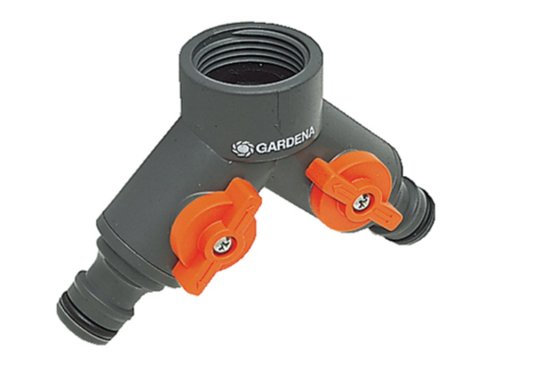
2. To control the magnet valves, we need the Fibaro FGS-222. This module can switch two 1.5kW devices. It’s a Z-Wave module, so can be easily integraded in the existing setup.
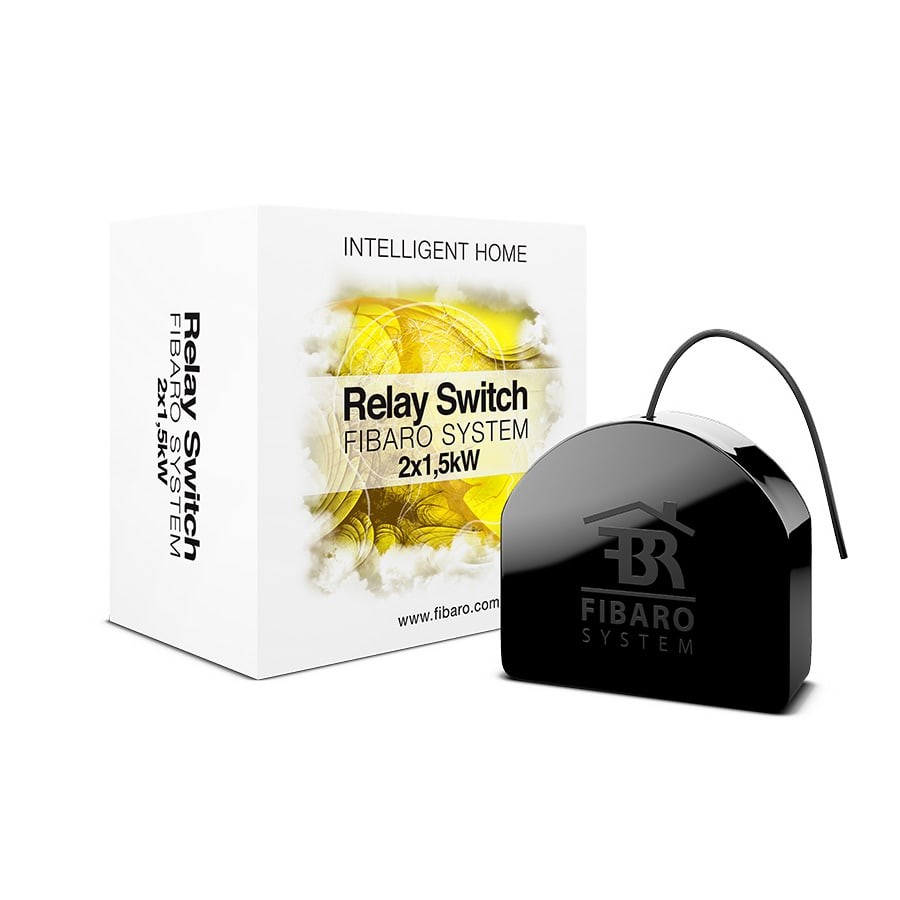
3. The magnet valves, in this case there are 2 output valves, which has to be controlled by 230VAC. The state of the valves is Normally Closed (NC), which means, if there is no electricity on the relais, the valve is closed. When the Fibaro switch the power to ON, the valve will open and the water will flow.
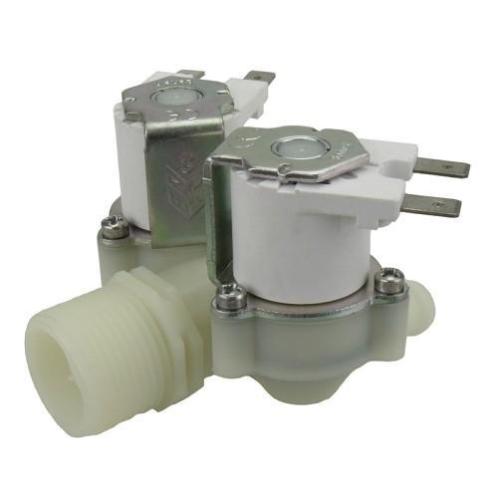
Now a design for the pipelins has to be made, what are the distances, which connectors do I need, which sprinklers (for plants and lawn), etc.
To be continued…
Testcase with above hardware works flawlessly.
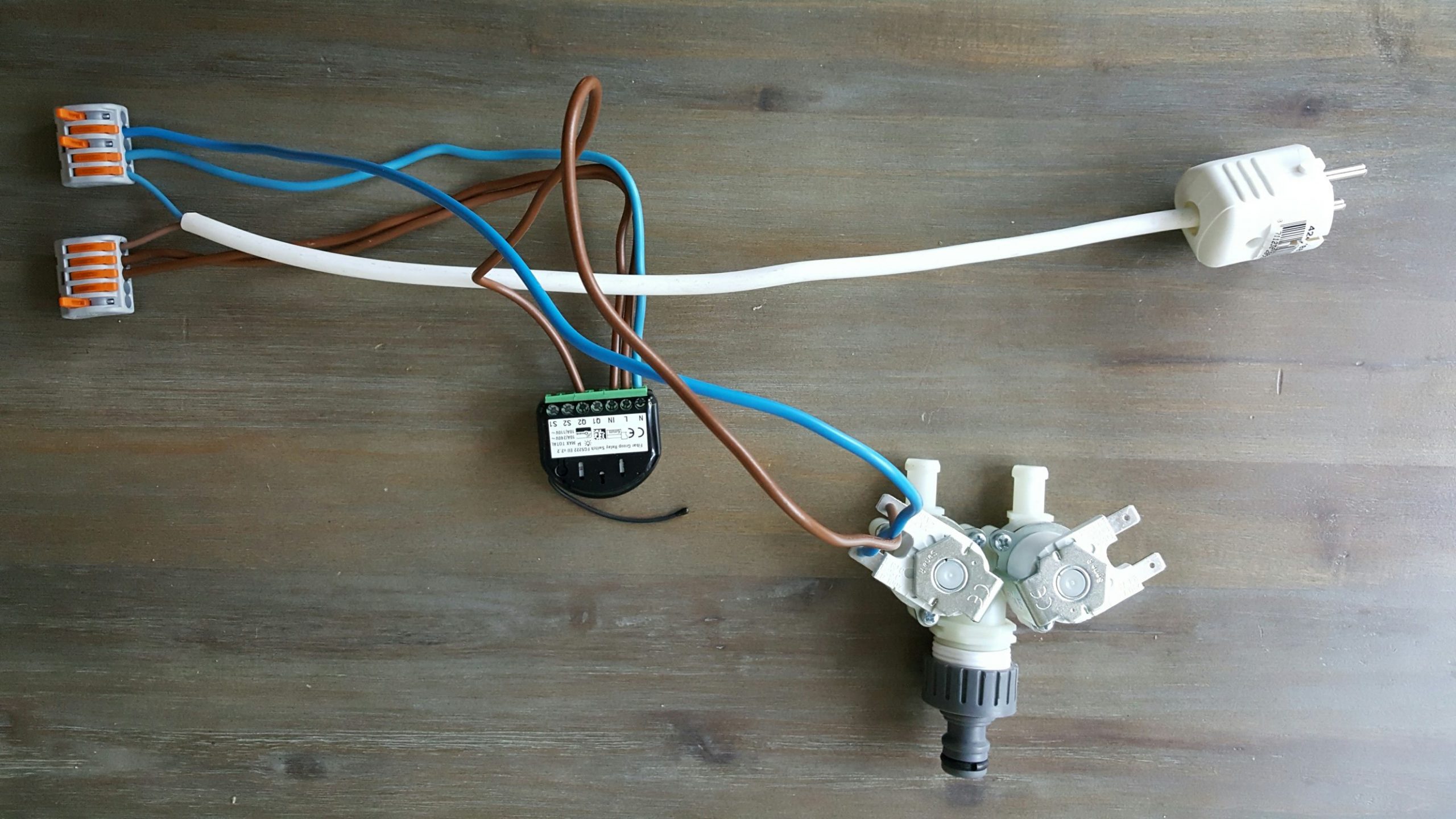
Fibaro added to Homeseer:

Binary 1 and 2 will be rename to “Zone 1” and “Zone 2”, and we can use different icons ofcourse.
Update 13-05-2017:
Last year I’ve bought some hardware to see what possiblitites there are in my small backyard. Finally after some test I’ve installed all the pipes, connections, and (popup) sprinklers. The Raspberry Pi solution wasn’t perfect because of the unstable wifi network connection.
The following hardware is now is use:
Electric:
- 2x Fibaro FGS-222, Z-Wave module to control 2×1.5kW (2x 12/24V output each)
- 1 Power Supply 24VAC
Valves:
- 3x Rainbird 100DVF (24VAC, 1″, with flow-control)
- 1x Hunter PGV Jar Top (24VAC, 1″, with flowcontrol)
Sprinklers:
- 2x Rainbird 1812 popup sprinklers
- 1x Rainbird 3504 turbine sprinkler
- 2x 5 meter sort of micro-drip hose (NL: Zweetslang)
Indoor installation:
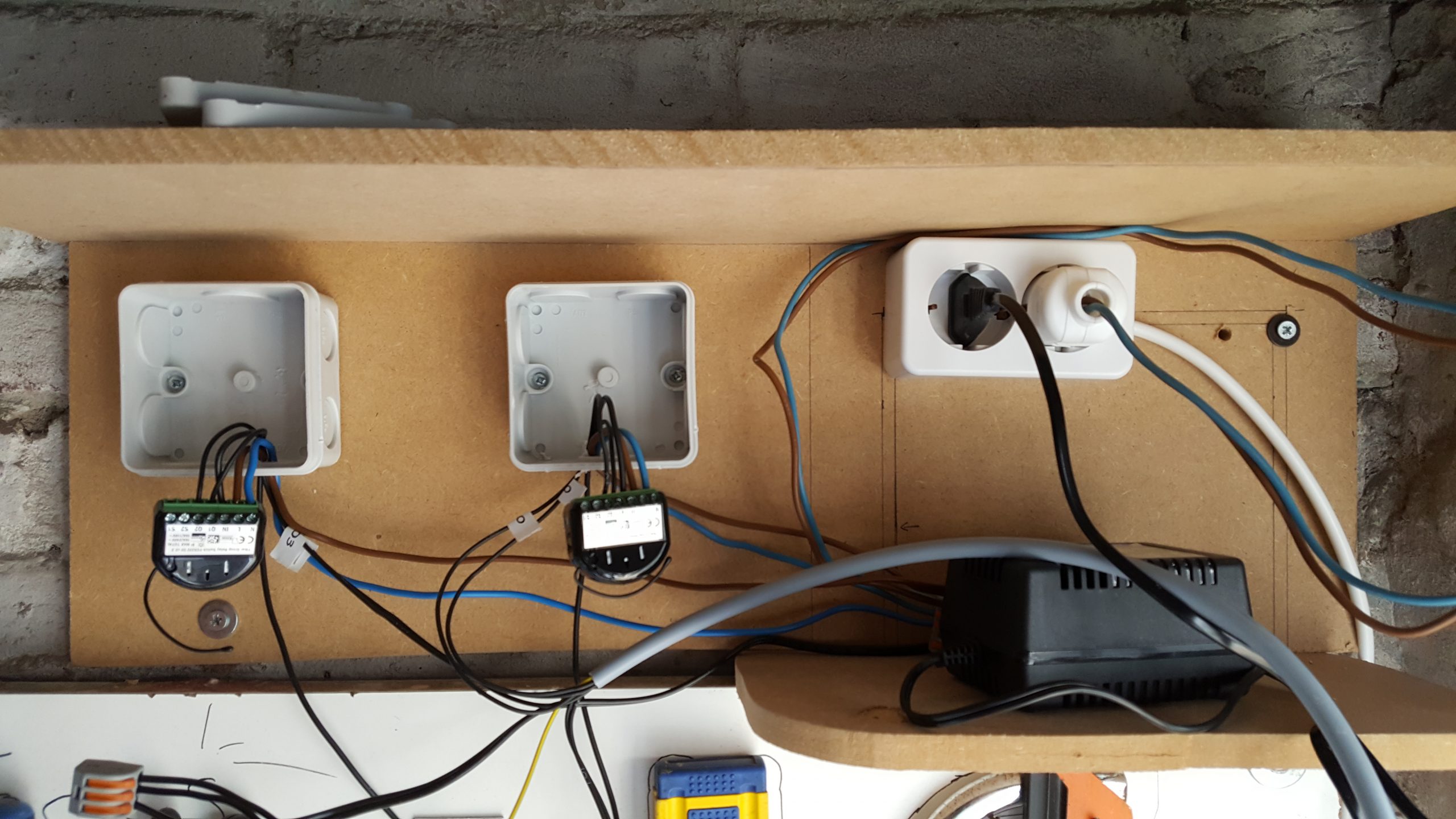
Outdoor installation:
Homeseer setup:
Because of the 2×2 outputs in the Fibaro, I’ve 4 zones added to the system.I’m also depending on the normal (tap)water pressure in my house (no use of pumps), the lawn has to be split into 2 zones, although onesprinker can reach the lawn for 90%. 1 sprinkler for the border (plants) and one zone for some bamboe fence (I’m not sure if this drip system is enough for bamboe because they like water a lot.

When a zone is switch one, the timer will start counting, controlled by an avent.For every zone, I’ve added a timer:
For every zone there are 2 events:
Starting timer:

Every evening around 23:59 hours, the values of the timers will be stored in a MySQL table, so progress can be shown in a nice graphic.Stopping the timer:
The timers, will be resetted back to zero. In the event setup ervy day the timer values will be stored in MySQL.
 MySQL setup:
MySQL setup:
Based on the “MySQL_Sprinklers” event, the data of the timers will be stored in the table. The content looks like:
![]()
Downloads:In the script some hours, minute, second recalculation is done, because the timer value of mm:ss was read in MySQL into hh:mm.
- MySQL_Sprinklers.vb script:
 MySQL_Sprinklers.vb (3.0 KiB, 2,328 hits)
MySQL_Sprinklers.vb (3.0 KiB, 2,328 hits) - Sprinkler-lawn-graphics.zip:
 sprinkler-lawn-graphics.zip (9.8 KiB, 601 hits)
sprinkler-lawn-graphics.zip (9.8 KiB, 601 hits)
Related Posts
June 4, 2016
Fibaro Flood sensor
February 22, 2016
Control Raspberry Pi relays with Homeseer
February 19, 2016
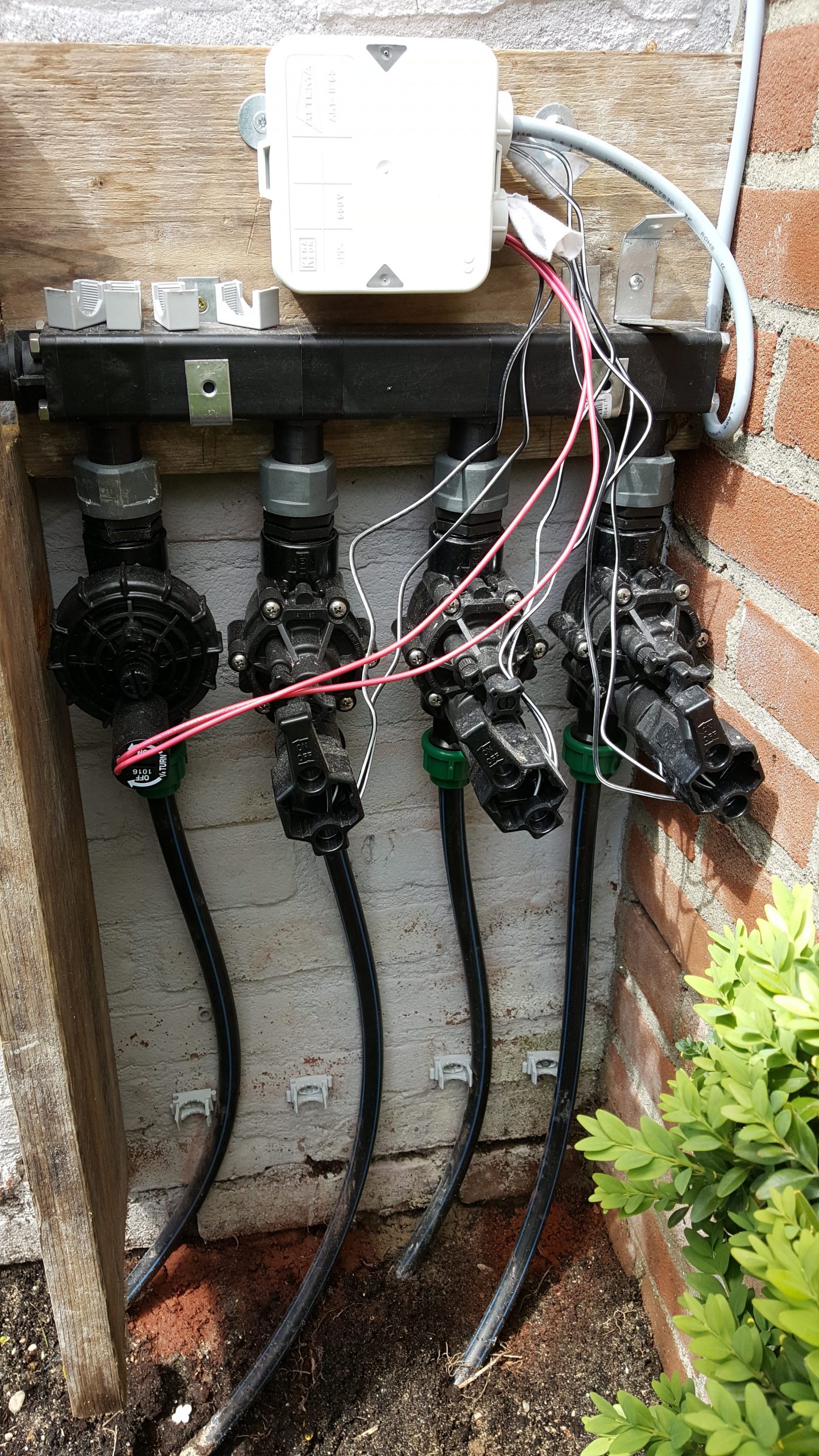




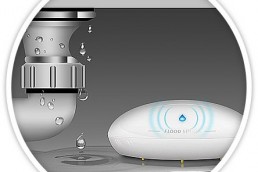
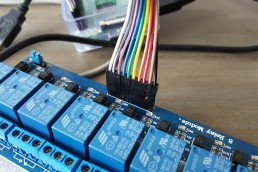
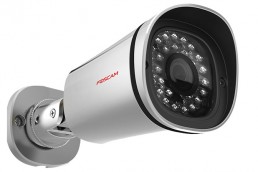
Hello where is the software for raspberry?
Hello Tiziano,
I’m using the Windows version of Homeseer, so I’m not using the Raspberry to control the valves, but it’s possible ofcourse. In another post: https://rutg3r.com/control-raspberry-pi-relays-with-homeseer/ some basic stuff is shown about installing WiringPi and how to control the external relais, which can controll valves or other powered devices.